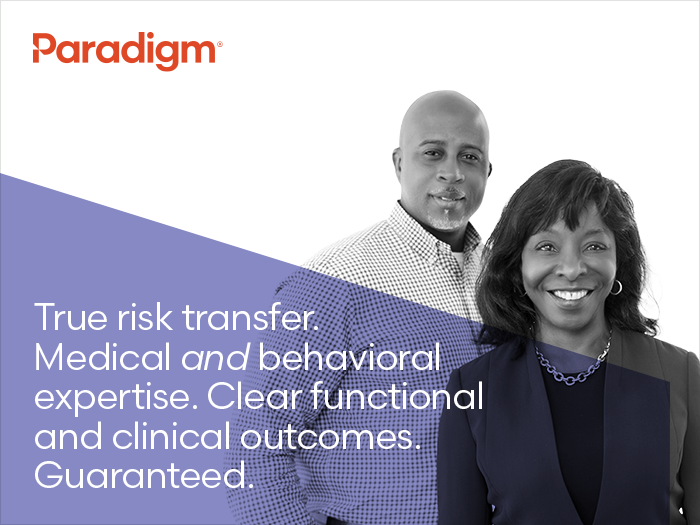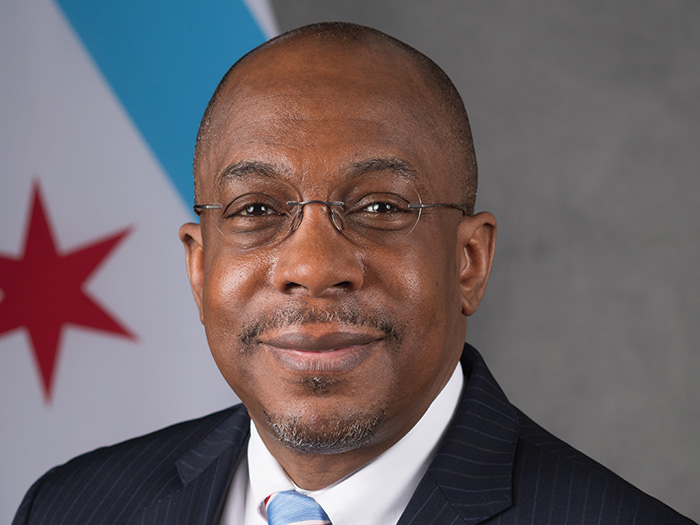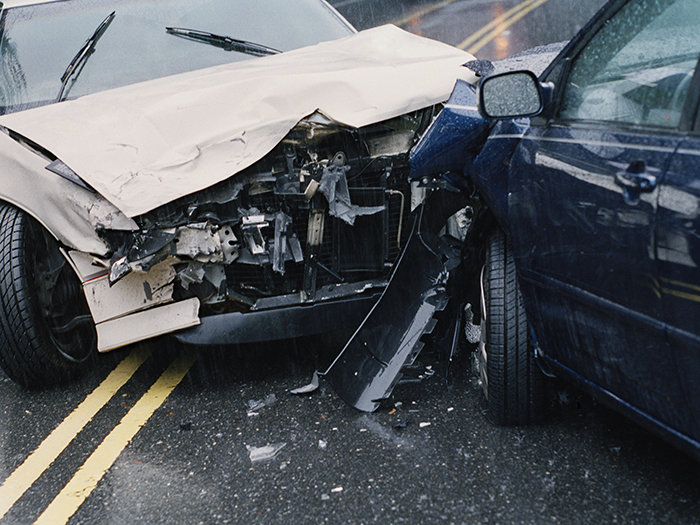The Secret Sauce in Injured Worker Recovery? It’s Nutrition!
Let food be thy medicine, and let medicine be thy food.
Said by Hippocrates a very, very long time ago, this nonetheless comes as breaking news in the evolving understanding of patient engagement. Nutrition is the first of the four cards that can be played to address the “wildcard” of patient engagement in the recovery process.
If you spend more than five minutes on social media, you will read or hear about a dozen different eating strategies, diet plans, foods you must eat and foods you must never eat — all frustrating even the most discerning reader. Beyond the admonition to not eat “junk food,” there is very little to no support given to educating the injured worked on how nutrition is vital to getting better faster and staying better longer.
Patient education and injury recovery coaching became a passion of mine after a car accident a dozen years ago. Until that point in my life, in my late 50s, I had never had any surgical procedure other than a tonsillectomy when I was eight years old. Like most injured workers facing the long road back to wellness, I had never walked that road before and had no map to guide me.
While attending a fortuitous meeting at a Syracuse University Alumni Association gathering, I met Dr. Kay Stearns Bruening, PhD, RDN, FAND, who teaches nutrition at the Falk College of Sport and Human Dynamics.
When I showed her my outline for “The Optimized Patient” book, she rolled up her sleeves and shared with me that it was about time for recovery strategy to include nutritional guidance.
Whenever the subject of nutrition is raised, eyes start to roll at the thought of eating wheat grass and becoming a vegan. That was certainly my first concern.
But wait a second: If you had a basket of “good stuff,” is there a way that you could make it taste great? Even if the ingredients were not part of your daily consumption, how would you make it taste good like they do on those Food Network shows where the basket contains a mix of absurdly challenging ingredients?
I challenged Bruening to compile a list of foods that heal. That began a discussion about the microbiome and phytochemicals, which are actually well known to support enhanced healing. But those components won’t do any good if the injured worker won’t eat them!
I am fortunate that my wife is a television producer. She introduced me to French chef Guillaume Sabbadin, who gladly took on the challenge of making Bruening’s basket of ingredients into a delicious Monday-through-Friday menu of breakfast, lunch and dinner dishes over the span of four weeks. (By the way, if you happen to be in Los Angeles, don’t miss his Little French Bakery, and skip the trip to Paris.)
I personally cooked every one of the recipes and turned them into an illustrated menu that even the most unskilled cook can make well. As it turns out, foods that heal are readily available and easy to prepare. We even created videos to support the injured worker on how to utilize the menu planner, with the caveat that even if only a handful of the dishes appeal to them, the benefit will be significant.
For example, have you ever had a kefir shake? Kefir is a yogurt-based drink that, when placed in a blender with a banana and some frozen berries, spins up into a powerful concoction to improve your gut bacteria. It is especially effective when you are going to have or have had anesthesia, antibiotics and/or opioids. All these drugs impede the gut performance essential to rapid recovery.
And you don’t need to be a French chef to use a blender.
Enjoying whole wheat in place of white bread is another strategy to optimize microbiome performance. In my personal experience, of the 60 recipes created by Sabbadin and Bruening to aid in the healing process, about 10 of them have become family favorites, because they taste so good. And yes, the meal plan provides flexibility to eat whatever you want on the weekends.
All of the injured workers with whom I have shared these ideas have stunned their doctors with improved rates of recovery and optimized outcomes.
Hippocrates was right 2,600 years ago. It’s time for all of us to catch up. &










